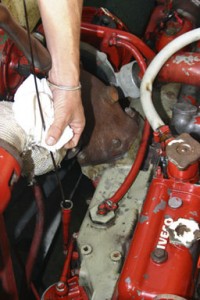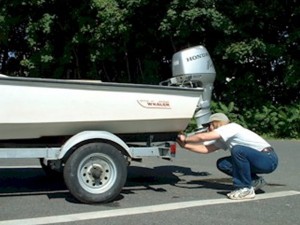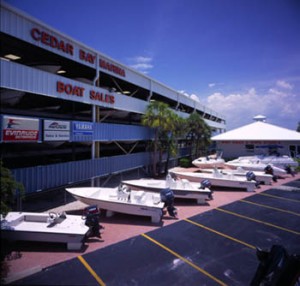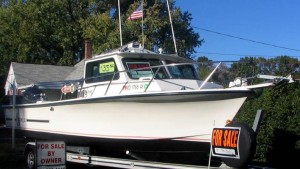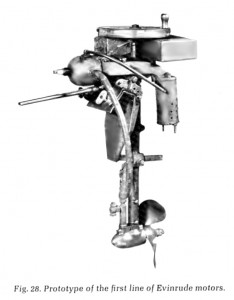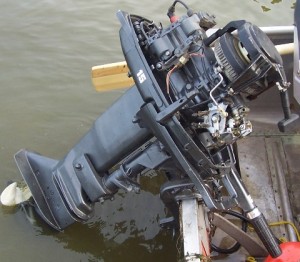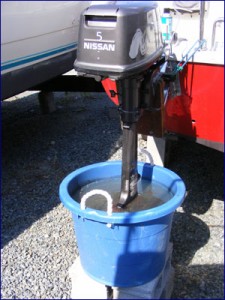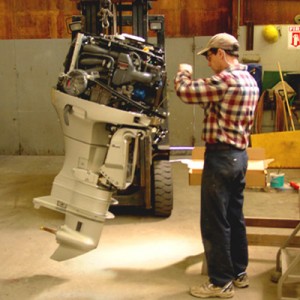Boat Trailers and Launching: Part One
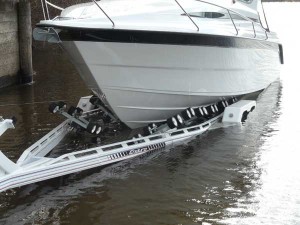 Seasoned boaters will undoubtedly put a considerable amount of time and effort into the upkeep of their craft. From changing the outboard motor oil to flushing the engine and cleaning the hull, most of the maintenance is centered on maximizing performance on the water. Many boat owners, however, store their boat in their driveway or a storage unit, meaning they have to launch the watercraft every time they want to use it. And while this is surely an inconvenience and many people neglect to learn the proper procedures, keeping your boat out of the water does have its advantages.
Seasoned boaters will undoubtedly put a considerable amount of time and effort into the upkeep of their craft. From changing the outboard motor oil to flushing the engine and cleaning the hull, most of the maintenance is centered on maximizing performance on the water. Many boat owners, however, store their boat in their driveway or a storage unit, meaning they have to launch the watercraft every time they want to use it. And while this is surely an inconvenience and many people neglect to learn the proper procedures, keeping your boat out of the water does have its advantages.
First, your boat will stay in better condition—especially if you clean it thoroughly on a regular basis. You also don’t have to worry about the myriad threats to your craft, including adverse weather conditions and careless boaters. Of course, constantly transporting your boat can be a headache, particularly if you don’t have the proper trailer or know how to launch the boat properly. Over the next few days, we will be covering some of the basics for purchasing and hauling a trailer and launching your boat.


